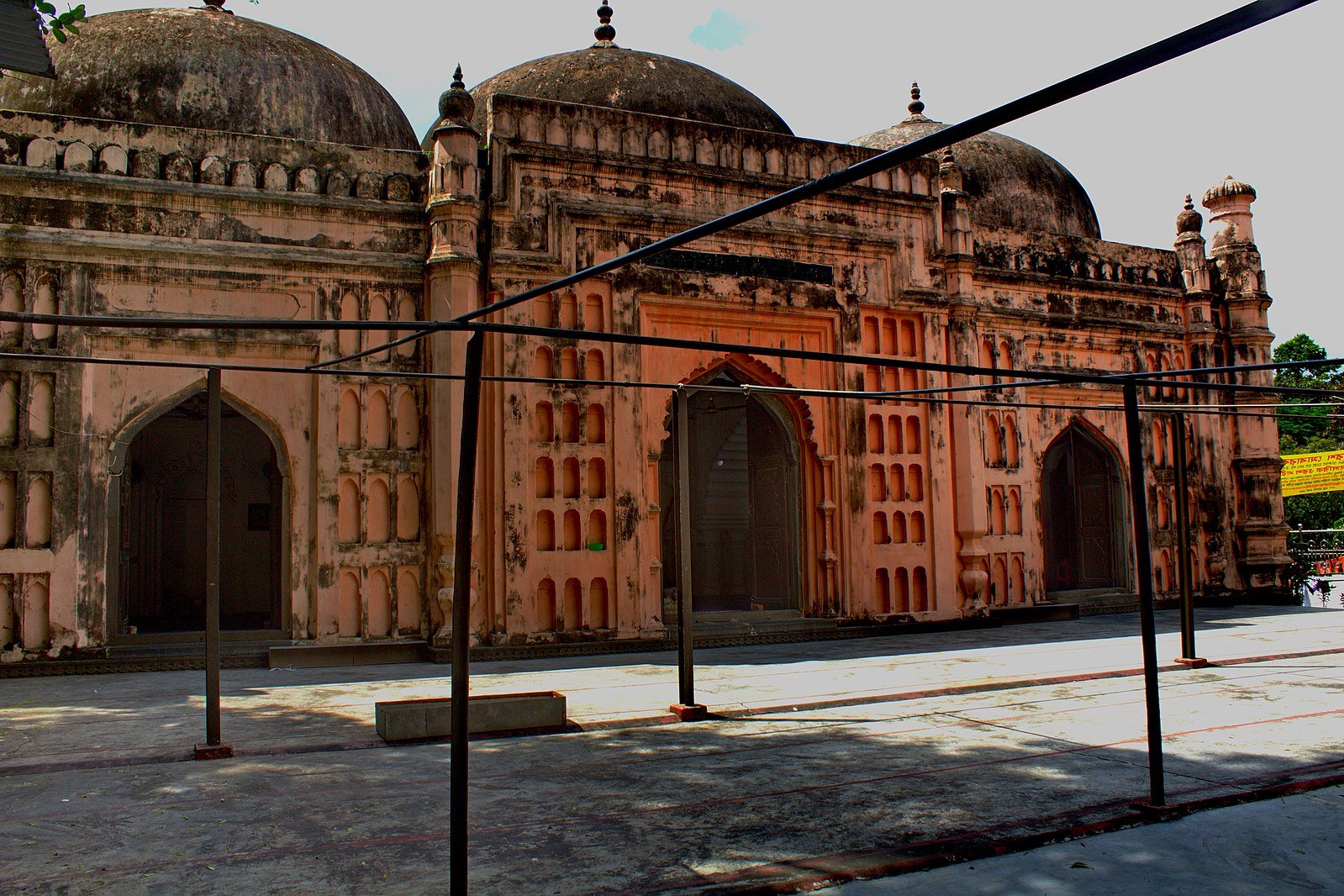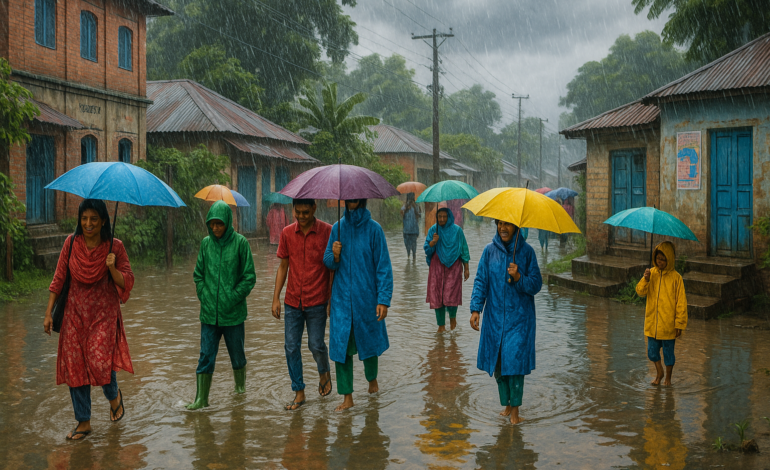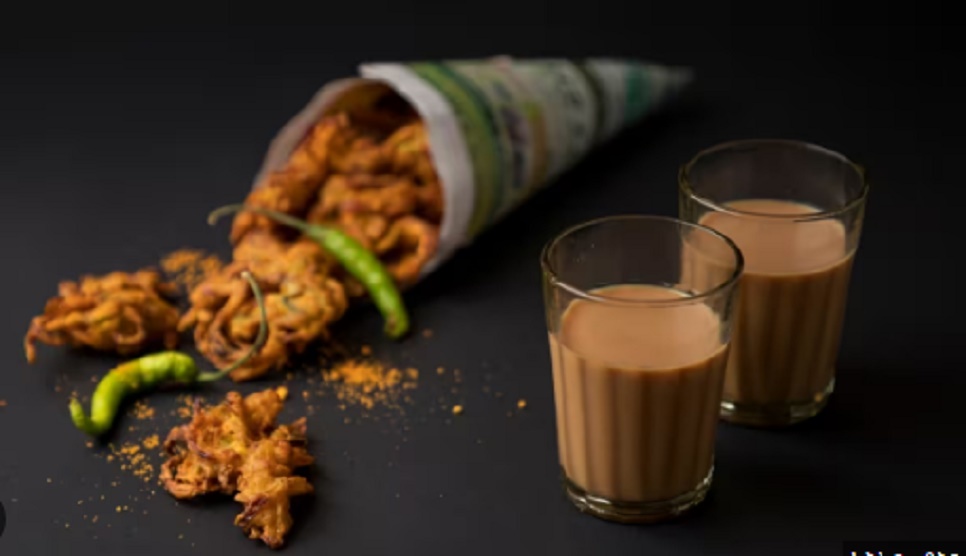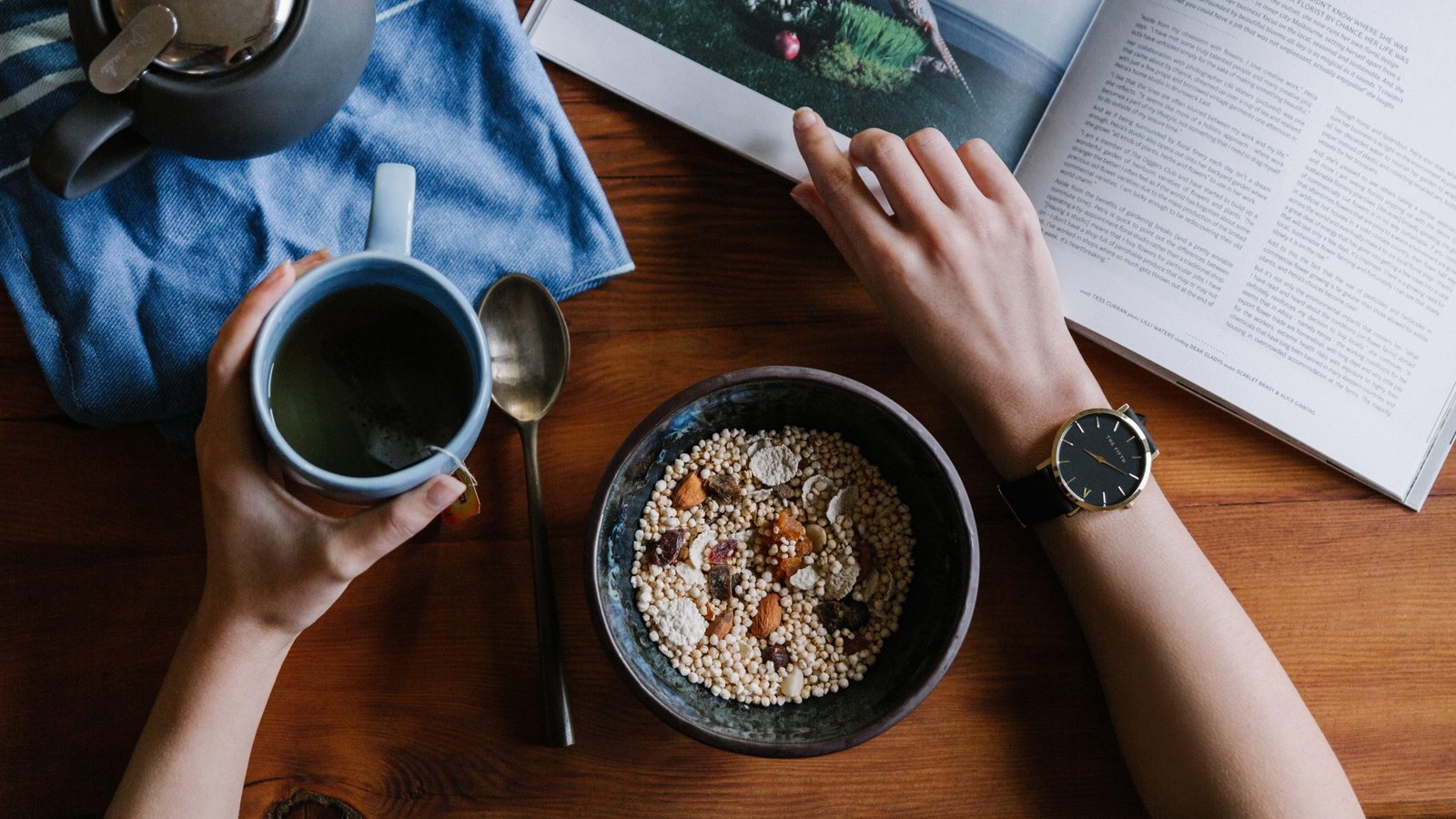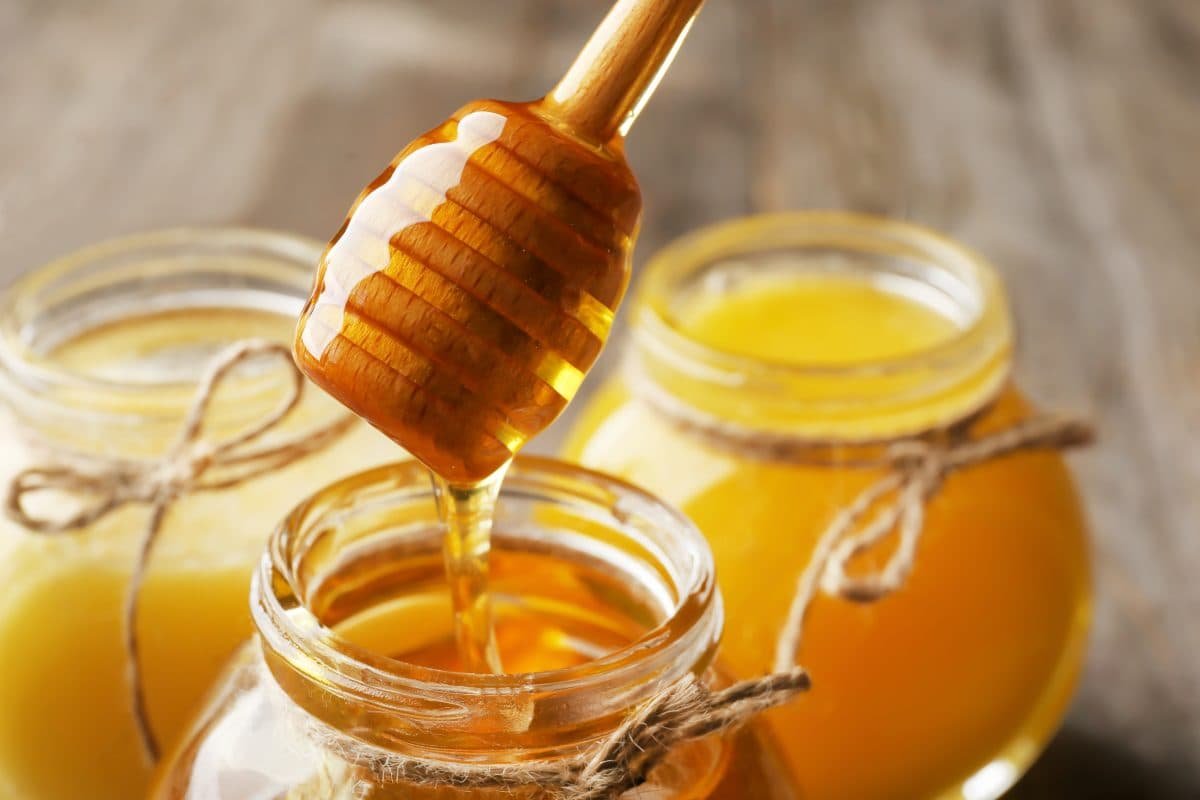Monsoon Safety Guide: Preventing Waterborne Diseases in Bangladesh’s Rainy Season
The monsoon season in Bangladesh is a time of transformation when the parched earth drinks deep and the air cools after months of relentless heat. But while the rains bring life and renewal, they also open the door to a hidden danger: waterborne diseases. As heavy downpours flood streets and homes and pools of stagnant water linger, harmful bacteria and viruses thrive, turning everyday water sources into potential health hazards. For millions, this rainy season is not just about enjoying the cool breeze; it is a critical period where vigilance can mean the difference between wellness and illness. Knowing how these diseases spread, recognizing the warning signs, and taking simple but effective precautions can protect you and your loved ones from falling victim to monsoon related health risks. Let us dive into everything you need to know to stay safe and healthy during Bangladesh’s rainy season.
Why Are Waterborne Diseases Common During Monsoon?
During the monsoon season, heavy rains often lead to widespread flooding in many parts of Bangladesh. Floodwaters can mix with sewage and other pollutants, contaminating drinking water sources such as wells, rivers, and ponds. After the rains subside, stagnant water frequently remains in low-lying areas, creating an ideal environment for harmful bacteria, viruses, and parasites to multiply rapidly. Many communities face challenges due to inadequate sanitation facilities and poor waste management systems, which further increase the risk of water contamination. When people drink, cook with, or even come into contact with this polluted water, the chances of contracting infections rise significantly. This combination of flooding, poor sanitation, and close contact with unsafe water makes waterborne diseases particularly common during the monsoon months.

Common Waterborne Diseases During Monsoon
During the monsoon season, waterborne diseases become a major health concern in Bangladesh. The heavy rains and flooding create perfect conditions for harmful microorganisms to thrive and spread rapidly. Many people become vulnerable to infections because they consume or come into contact with contaminated water. Understanding the most common waterborne diseases, their causes, and symptoms can help you take timely precautions and seek medical care when needed. Here are some of the most prevalent waterborne illnesses during the rainy season:
1. Cholera
Cholera is caused by the bacterium Vibrio cholerae, which contaminates water supplies in areas with poor sanitation. The infection leads to sudden and severe diarrhea, which can quickly cause dehydration. If untreated, cholera can be life-threatening. The disease spreads primarily through drinking water that has been polluted with fecal matter. Proper sanitation, clean drinking water, and immediate treatment are essential to prevent its spread.
2. Typhoid Fever
Typhoid fever is caused by Salmonella typhi bacteria and spreads through the consumption of contaminated food and water. It is characterized by prolonged high fever, weakness, stomach pain, and sometimes a skin rash. Without timely treatment, typhoid can lead to serious complications. The risk increases in areas where water sanitation is compromised during monsoon flooding.
3. Diarrhea and Dysentery
Diarrheal diseases become especially common in the rainy season due to increased exposure to contaminated water. Dysentery is a more severe form of diarrhea marked by the presence of blood in the stool. It is often caused by infection with Shigella bacteria or amoebic parasites. Both conditions cause dehydration and require prompt medical attention, especially in young children and the elderly.
4. Hepatitis A and E
Hepatitis A and E are viral infections that affect the liver and are transmitted through ingestion of contaminated food and water. These diseases can cause symptoms such as jaundice, fatigue, nausea, and abdominal pain. Although usually self-limiting, severe cases can occur, particularly in pregnant women. Ensuring clean water and good hygiene practices can significantly reduce the risk of these infections.
5. Leptospirosis
Leptospirosis is a bacterial infection that spreads when people come into contact with water contaminated by the urine of infected animals such as rodents. Symptoms include high fever, muscle pain, headaches, and in some cases, jaundice. It can become severe if left untreated. Flooded areas with poor sanitation are common places where leptospirosis outbreaks occur during monsoon season.
Symptoms to Watch For
Diarrhea or watery stools
Nausea and vomiting
Fever and chills
Stomach cramps
Dehydration signs (dry mouth, dizziness)
Yellowing of the skin or eyes (jaundice)
Fatigue and weakness
If you or someone in your family experiences severe symptoms, especially dehydration or persistent high fever, seek medical attention immediately.
How to Stay Safe from Waterborne Diseases During Monsoon
Staying healthy during the monsoon season requires extra caution because waterborne diseases spread easily through contaminated water and poor sanitation. Taking proactive steps to protect yourself and your family can significantly reduce the risk of infection. Simple habits and precautions related to water, food, hygiene, and environment can go a long way in keeping you safe. Here are some important ways to guard against waterborne diseases during the rainy season:
1. Drink Safe Water
Ensuring that the water you drink is safe is one of the most important steps to avoid waterborne diseases. Always boil water before drinking, as boiling kills harmful bacteria and viruses. If boiling is not possible, use water purification tablets or reliable water filters to treat the water. Avoid drinking from unknown or untreated sources such as rivers, ponds, or open wells, especially after heavy rains and floods when contamination is likely.
2. Practice Good Hygiene
Regular hand washing with soap and clean water is a simple yet highly effective way to prevent infections. Wash your hands thoroughly before eating or preparing food and after using the toilet. Proper hand hygiene prevents the transfer of harmful germs from surfaces or contaminated water to your mouth, which is a common way these diseases spread. Carrying a small bottle of hand sanitizer can also be helpful when soap and water are not readily available.
3. Eat Safely
During the monsoon, avoid eating street food or food that might have been exposed to contaminated water or poor handling. Always choose freshly cooked food that is hot and well-prepared. Wash fruits and vegetables carefully and peel them before eating to remove any germs. Avoid raw or undercooked foods as they can harbor bacteria and parasites. Safe food practices reduce the chances of ingesting harmful pathogens that cause waterborne diseases.
4. Keep Your Environment Clean
Stagnant water near your home can become a breeding ground for mosquitoes and harmful bacteria. Regularly remove or drain any standing water around your living area to minimize this risk. Proper waste disposal and maintaining clean surroundings help prevent water contamination and reduce exposure to disease-causing organisms. Ensuring that your home and neighborhood have good sanitation facilities plays a key role in controlling the spread of infections during monsoon.
5. Vaccination
Vaccines are available for some common waterborne diseases like typhoid and hepatitis A. If you live in or are traveling to areas with a high risk of these diseases, getting vaccinated can provide strong protection. Vaccination is especially important for children, the elderly, and people with weakened immune systems. Consult with your healthcare provider to determine which vaccines are necessary based on your location and health condition.
6. Use Protective Gear
When you need to walk through or work in flooded or waterlogged areas, always wear protective clothing such as boots and gloves. These barriers help prevent direct contact with contaminated water that may contain harmful bacteria or chemicals. Wearing protective gear lowers the risk of infections like leptospirosis and skin diseases, which are common in monsoon-affected regions. Take care to clean and dry your protective items thoroughly after use to avoid additional health risks.

Community and Government Role
Preventing waterborne diseases during the monsoon requires the combined efforts of communities and government authorities. Improving sanitation facilities is essential to stop contamination of drinking water. Many areas in Bangladesh still lack proper sewage systems and drainage, making it easier for polluted water to spread diseases. Communities can help by keeping their surroundings clean and encouraging good hygiene practices.
The government also plays a vital role in ensuring access to safe drinking water. Providing clean water through treatment plants, regular testing, and distributing purification tablets during the rainy season can reduce health risks. Education campaigns by health departments and local organizations raise awareness about how these diseases spread and the simple steps people can take to protect themselves.
Together, community involvement and government support are necessary to manage health risks during monsoon. Working hand in hand helps create safer environments and reduces the impact of waterborne diseases for everyone.
Stay Safe This Monsoon
Monsoon is a beautiful and vital season for agriculture and water replenishment, but it also poses significant health risks. By understanding the dangers of waterborne diseases and following simple preventive steps, you can protect yourself and your loved ones from falling ill during the rainy season.
Stay informed, stay cautious, and keep safe!
Worried about monsoon-related gastric troubles too? Don’t miss our quick guide on what to eat and avoid during the rainy season!
Dos and Don’ts for Monsoon Gastric Problems



